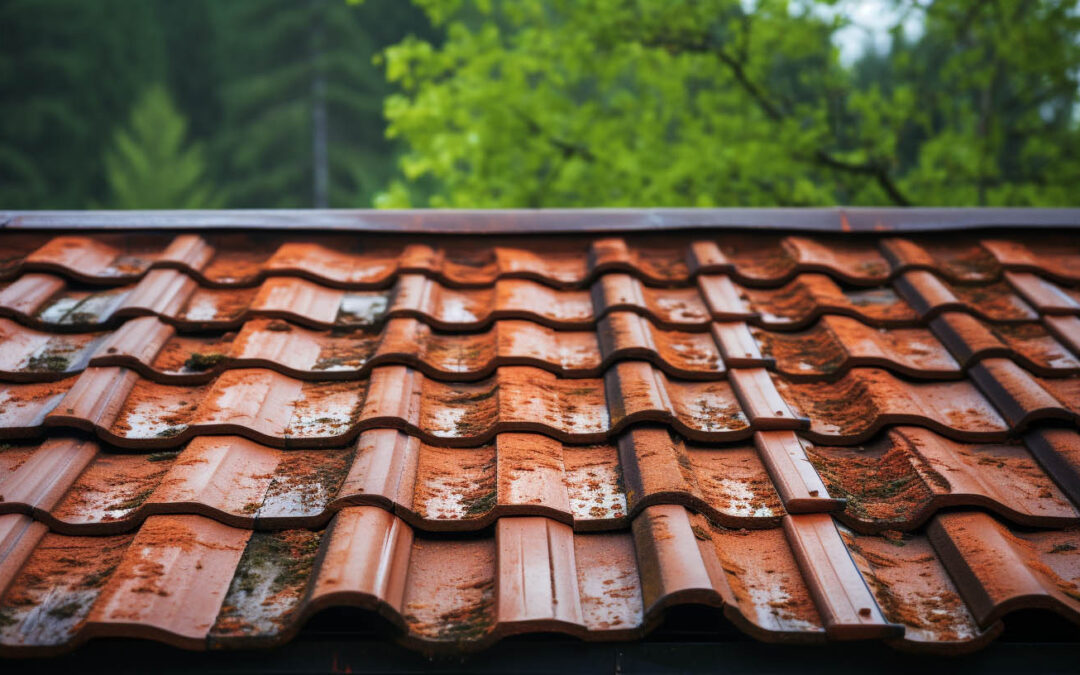Roof drainage is a critical aspect of any building’s structural integrity. Properly maintained drainage systems not only protect the building from potential water damage but also ensure the safety and longevity of the structure. In this guide, we delve into the intricacies of roof drainage, common issues, and best practices for optimal maintenance.
Understanding the Dynamics of Roof Drainage Systems
Every building, whether commercial or residential, relies on a robust roof drainage system to channel water away from its structure. This system comprises various components, each playing a pivotal role:
- Gutters and Downspouts: These are the primary channels that direct water away from the building. They safeguard both the exterior walls and the foundation from potential water damage.
- Internal Drains: Positioned on the roof, these drains channel water through pipes that traverse the building, typically discharging into a storm sewer system.
- Scuppers: These are strategically placed openings on a building’s perimeter, allowing water to flow into downspouts. They are often accompanied by a metal box that acts as flashing, ensuring water is directed away from the building’s walls.
Common Challenges with Roof Drainage
Roofs are constantly exposed to the elements, making them susceptible to various issues. Some of the most prevalent challenges include:
- Clogging Hazards: Natural debris like leaves, branches, and even ice can obstruct drains, particularly during intense storms.
- Standing Water: Both flat and slanted roofs can accumulate water. Just an inch of standing water can add significant weight to the roof, potentially leading to structural issues.
- Material and Foundation Damage: Prolonged exposure to standing water can degrade roofing materials, including membranes and shingles. Water can also infiltrate beneath flashings and other sealants, leading to internal leaks.
Proactive Measures for Optimal Roof Drainage
At Collins & Son Roofing, we believe that prevention is better than cure. Here are some best practices to ensure your roof drainage system remains in peak condition:
- Regular Inspections: It’s advisable to inspect and clean your roof drainage systems biannually, preferably during spring and fall. Additionally, after any severe weather event, a thorough check can preempt potential issues.
- Debris Management: Ensure that roofs and gutters are free from obstacles and debris. Regularly trim tree branches near the roof to prevent leaves and twigs from clogging the drains.
- Gutter Maintenance: Clean and inspect gutters and downspouts periodically. Run water through them to check for blockages. Also, look out for sagging sections, loose connections, and any missing or broken fasteners.
- Address Standing Water: If you notice any pooled water on your roof, it’s essential to address it promptly. Standing water can be a sign of clogged drains or other underlying issues.
- Upgrade When Necessary: If you’re considering re-roofing or replacing gutters, it might be an opportune time to upgrade your drainage components.
Collins & Son Roofing is a leading roofing service in Conway AR, committed to ensuring the longevity and safety of your building. With our expertise and dedication, we stand out among roofing companies in Conway AR. Whether you need a simple roof repair in Conway AR or a comprehensive drainage overhaul, our team is here to assist.
In conclusion
A well-maintained roof drainage system is the first line of defense against water damage. By adhering to the best practices outlined above, you can ensure the longevity of your building and safeguard your investment for the foreseeable future.

